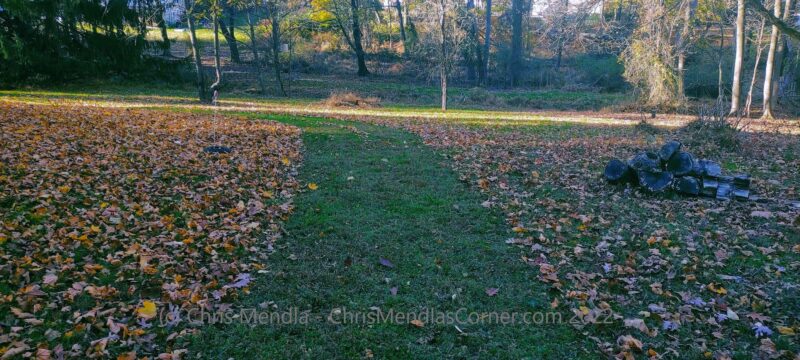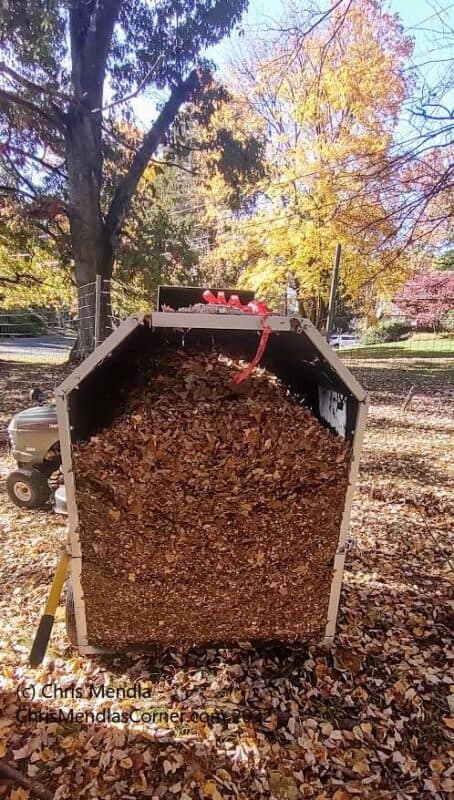I recently restored and repowered my Trac Vac. Here are some tips and tricks
Overview
I repowered and restored my Trac Vac 580 in November 2022. My property is 2 1/2 acres with an acre of woods and an acre of lawn. The trees are a combination of oak and maple averaging about 50′ high. Here are some tips, tricks and hacks.
Use good mulching blades.
A while back I bought a set of heavy duty mulching blades for my craftsman LT 1000. The performance and durability have been impressive. They have held up through rocks, sticks and a lot of cutting requiring only an occasional sharpening.
They also do well in mulching the leaves to small flakes.
Let the leaves dry
If the leaves are wet after a rain, they could clog up your system.
Go Slow
Depending on the amount of leaves I find myself in 2nd or 1st gear quite often. If the leaves are really high I tend to use the brake to allow the mower and vac to ‘digest’ the leaves. You can hear when you are overloading the system. If you are impatient and rush, you run the risk of clogging up your intake hose. That can be a pain to free up.
Don’t overfill the bin
When you overfill the bin, you will often end up with clogged hoses. This puts strain on the engine and impeller and is a pain to clean out.
I set a timer on my Fitbit sense for about 5 to 7 minutes depending on the thickness of the leaves. When the timer goes off I stop and take a quick look at the bin. That can be a little difficult due to the dust swirling around.
A couple of ribbons tied to the top screen of the trailer will help determine if the bin is full or the hoses are clogged.
You can also keep an eye on your previous path to ensure that the leaves are being vacuumed.
Decide what to do with the mulch.
I have a couple of mulch piles in the woods. Leaf mulch is not nearly as attractive a dyed bark mulch but it has an advantage. It is free. If you have trees with disease, you might want to contact a pro to make sure you won’t be spreading any disease. I have not had any problems though.
You can also use it where erosion has exposed tree routes. We have a huge herd of deer in the neighborhood. They tend to cause erosion in certain spots. You can drop the mulch and spread it to an inch or so. That will smooth things out and slow the erosion.
Some people will simply bin the mulch and put it out for garden recycling. That is an option if your township takes it. However, taking two acres worth of leaves and transferring them from the vac to the bins seems like a lot of useless effort.
To vacuum or mulch, that is the question.
Fallen leaves have nutrients that trees can use. I might take one pass early on through my woods with the vacuum. After that, I use the mulching plate without the vac.
You don’t always need to dump.
The trailer has a dump system. However, I found that in many cases, it is easier to rake the leaves out without dumping the trailer. This is especially true when using them in a flower bed.
Tackling deep piles of leaves.
Occasionally you will end up with leaves blown into a long pile by the wind. Even using 1st gear and braking might not work. You can either take a slight parallel cut or zig zag through the pile. I’ve found the latter to be surprisingly effective.


